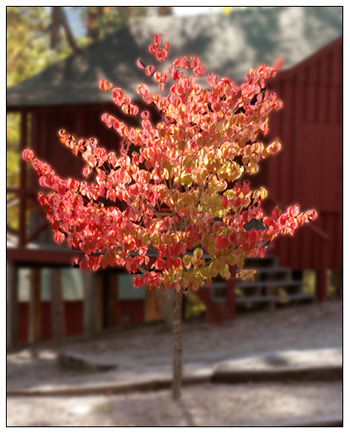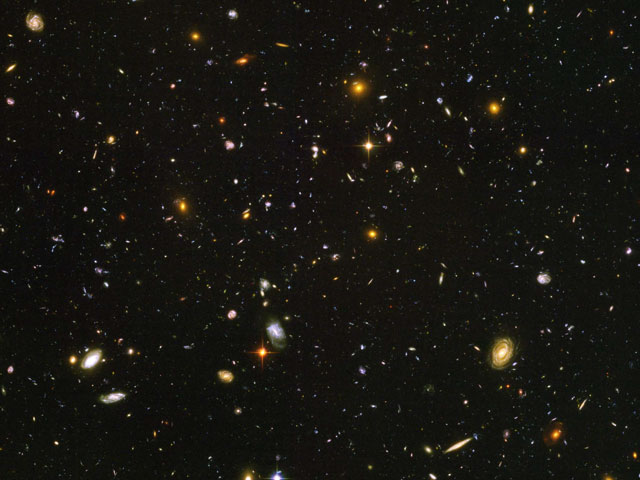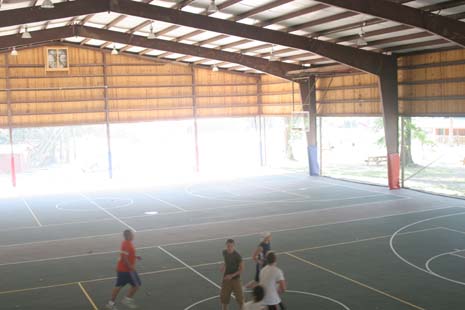Wednesday
Dec062006
In to Africa
 Wednesday, December 6, 2006 at 02:06AM
Wednesday, December 6, 2006 at 02:06AM
Hello friends. Every so often you find yourself in a place or on an adventure that just smacks of "Godliness", that just sings of being the will of God, of being the absolute right thing to do. Such is the case for me as I travel to Africa for the second time to visit the orphans at Nairobi's Baptist Children's Center.
I am reminded daily of how imperfect I am as a Christian - my thoughts, my actions, my intentions, my words, my heart. However, I have come to experience first-hand the fact that God neither expects nor needs us to be perfect. We just have to be available.
Well, I have found myself available, so off I go. I'll admit that I am, as is often the case, suffering from some self-doubt. I wonder what I have to contribute, if I'll do any good, if I can make any sort of difference. But I also realize that this is a moot concern. Since I'm available, and sincerely desiring to be used...well, God will see to it that I'm used. I don't necessarily know in what way, but I should be confident that God's ability to use me certainly outstrips any shortcoming I might bring to the table.
Hopefully I can get on the internet ("Steve", as I like to call it) and give a few updates as the trip proceeds. Thank you for your prayers, and even your well-wishes if you aren't the praying type. If you are the praying type, and assuming you might cast a prayer or two upwards in regards to this trip, I would ask that, above all else, you pray for the kids. I truly love these children. They are precious, kind, gentle and loving. Although almost all of them have suffered from extreme poverty and the loss of both parents (most due to AIDS), they, for the most part, exhibit a certain serenity, a kind of humble innocence mixed with joy. Certainly many of them are sad children. How could they not be? But even in their sadness these kids light up like no others I've seen. If "deserve" ever comes into it, these kids deserve a better life. Make that one of your prayers for them.
Daver
I am reminded daily of how imperfect I am as a Christian - my thoughts, my actions, my intentions, my words, my heart. However, I have come to experience first-hand the fact that God neither expects nor needs us to be perfect. We just have to be available.
Well, I have found myself available, so off I go. I'll admit that I am, as is often the case, suffering from some self-doubt. I wonder what I have to contribute, if I'll do any good, if I can make any sort of difference. But I also realize that this is a moot concern. Since I'm available, and sincerely desiring to be used...well, God will see to it that I'm used. I don't necessarily know in what way, but I should be confident that God's ability to use me certainly outstrips any shortcoming I might bring to the table.
Hopefully I can get on the internet ("Steve", as I like to call it) and give a few updates as the trip proceeds. Thank you for your prayers, and even your well-wishes if you aren't the praying type. If you are the praying type, and assuming you might cast a prayer or two upwards in regards to this trip, I would ask that, above all else, you pray for the kids. I truly love these children. They are precious, kind, gentle and loving. Although almost all of them have suffered from extreme poverty and the loss of both parents (most due to AIDS), they, for the most part, exhibit a certain serenity, a kind of humble innocence mixed with joy. Certainly many of them are sad children. How could they not be? But even in their sadness these kids light up like no others I've seen. If "deserve" ever comes into it, these kids deserve a better life. Make that one of your prayers for them.
Daver
 Daver |
Daver |  Post a Comment |
Post a Comment | in  Whatnot
Whatnot
 Whatnot
Whatnot 

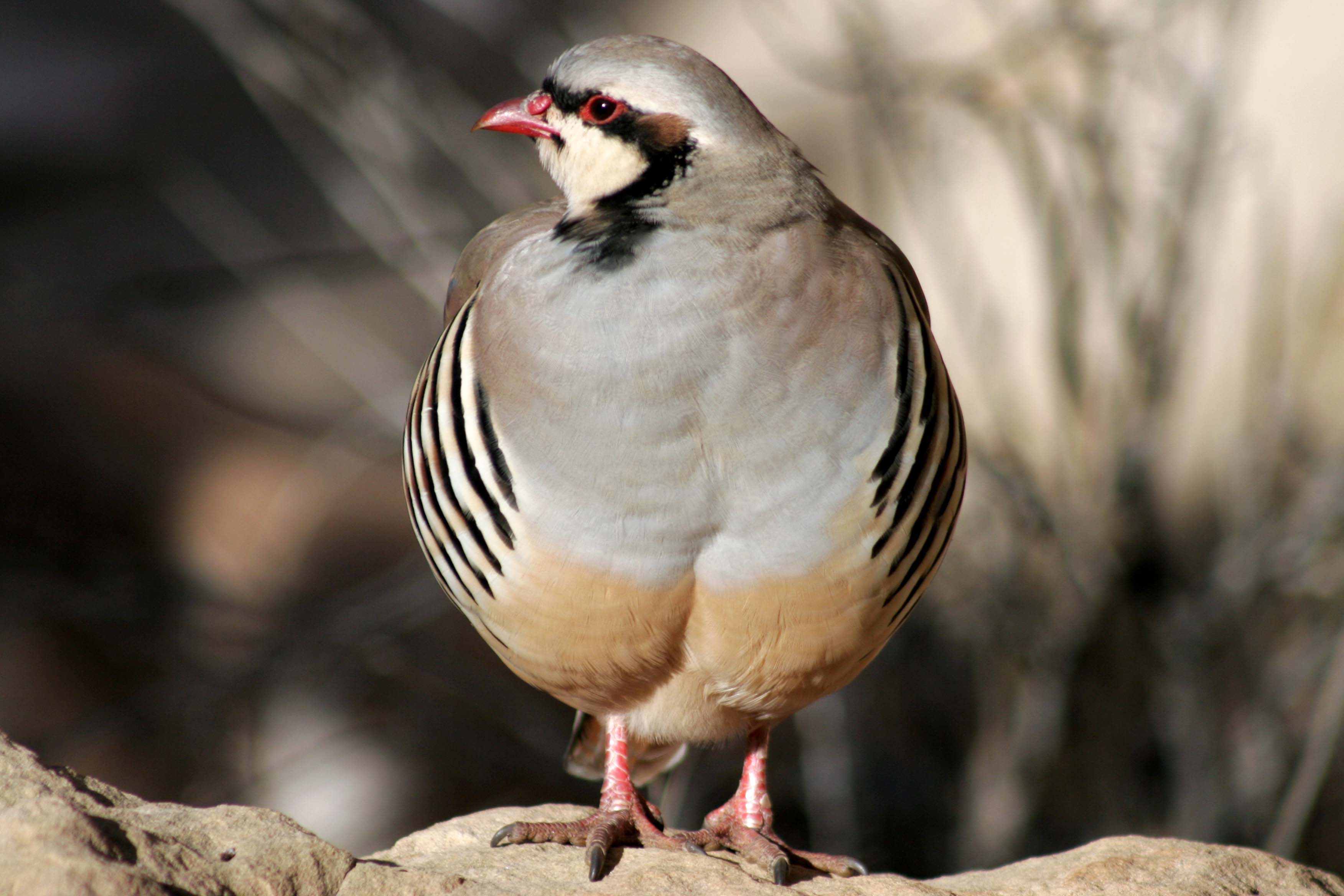
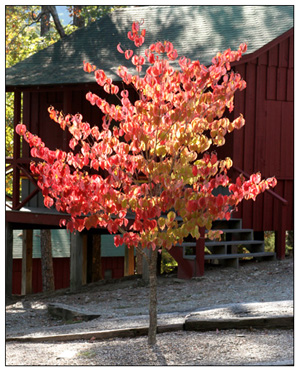 Here is the Red Tree. Actually, this is one of many Red Trees. With one exception that I can think of, these Red Trees make their appearance every year at about this time. (There is some sort of Japanese tree on the grounds which turns deep, deep red only in the spring. It's kind of a rebel.)
Here is the Red Tree. Actually, this is one of many Red Trees. With one exception that I can think of, these Red Trees make their appearance every year at about this time. (There is some sort of Japanese tree on the grounds which turns deep, deep red only in the spring. It's kind of a rebel.)